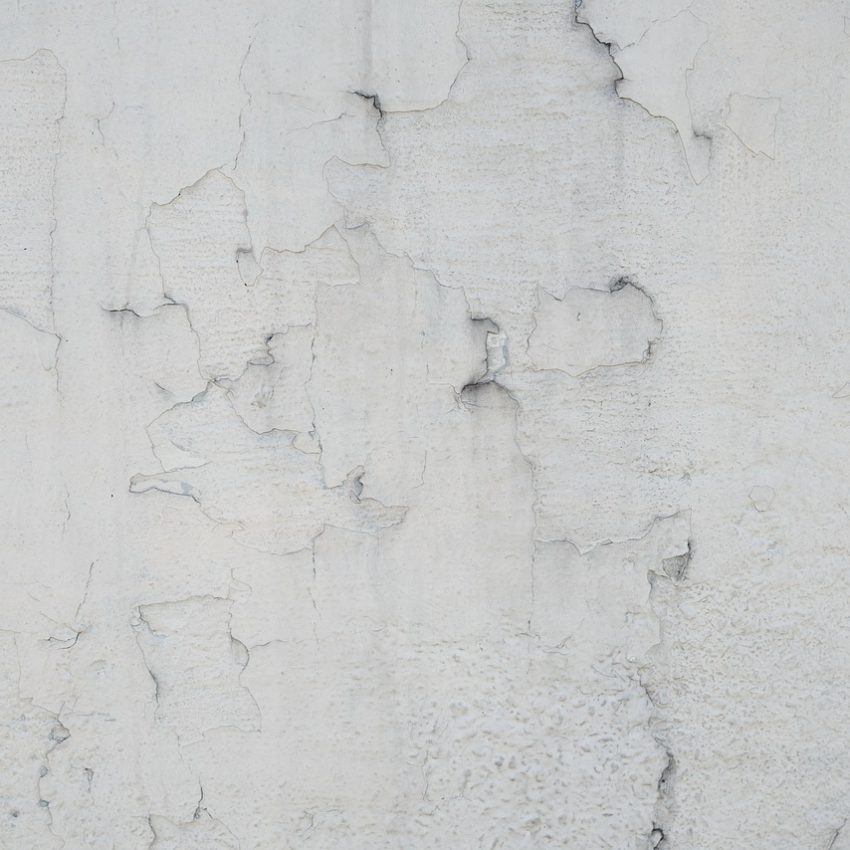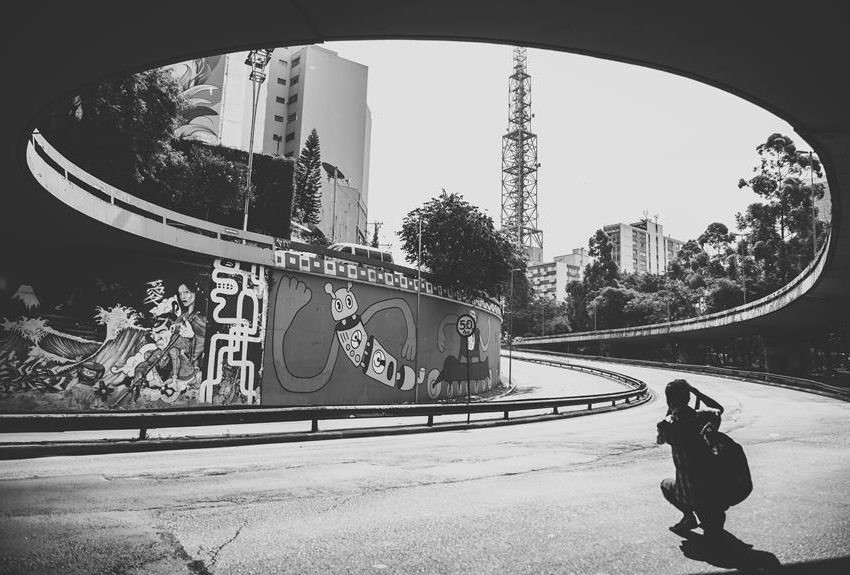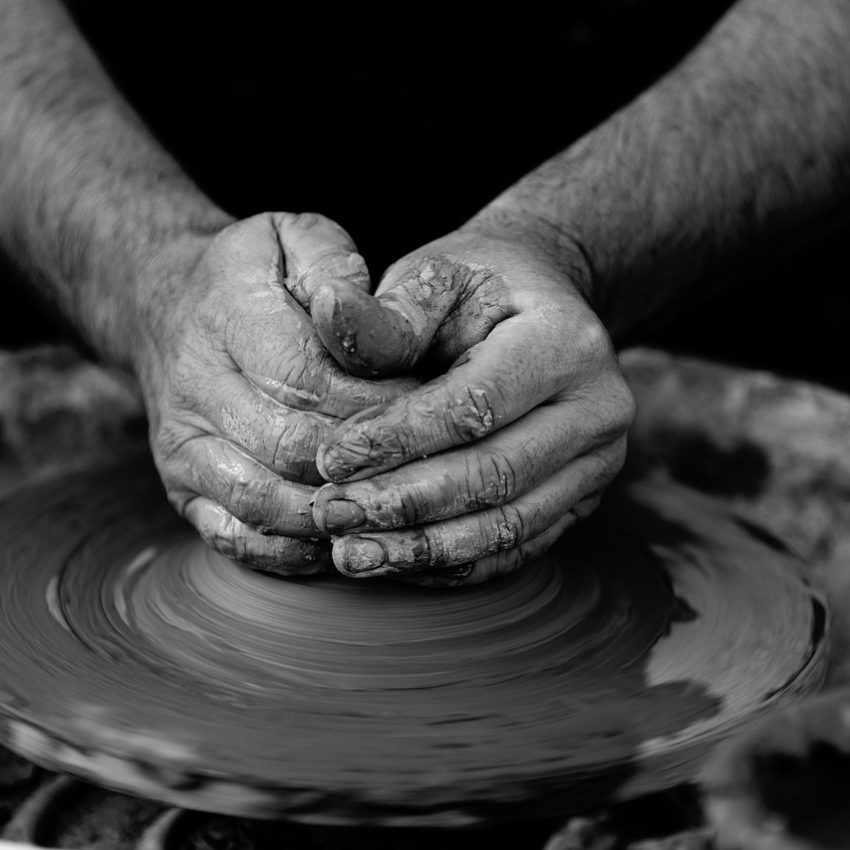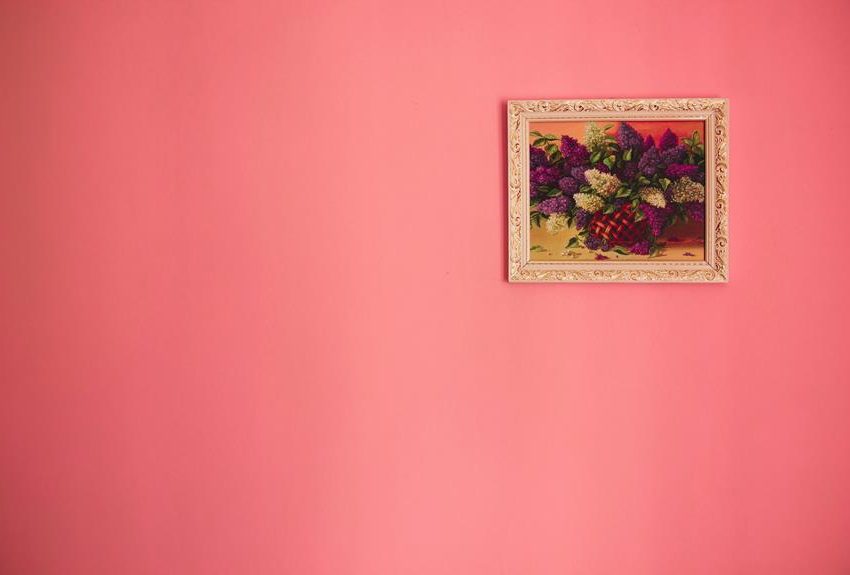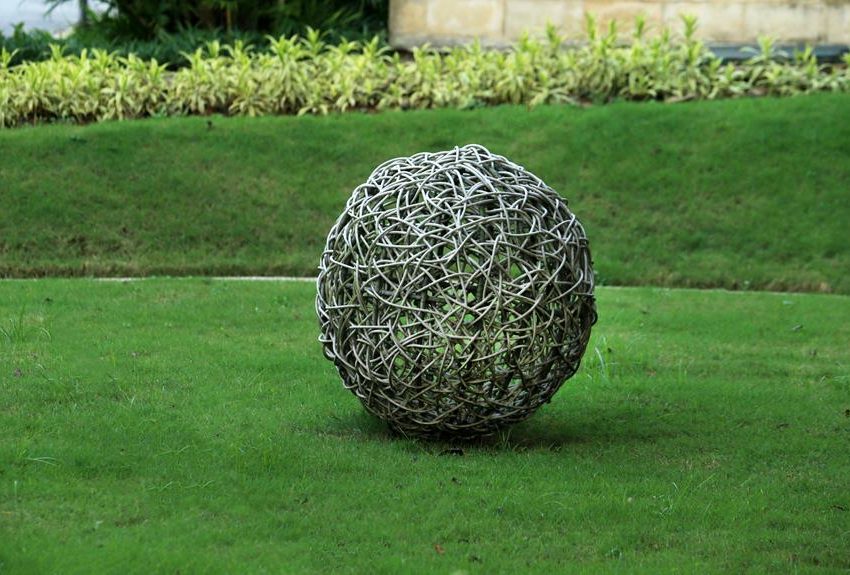Mark Rothko & Famous Paintings
Explore the Iconic Artwork Collection
Early Days of Mark Rothko and American Abstract Art
In the enigmatic realm of modern art, few names evoke a sense of profound emotion and contemplation quite like that of Mark Rothko. A maestro of the Abstract Expressionist movement,
Rothko’s canvases serve as windows into the depths of human experience, where color and form meld to convey untold stories and stir unspoken emotions within viewers.
Born Marcus Yakovlevich Rothkowitz in 1903, he later changed his name after his move to New York. into a modest existence, Rothko’s early life provided little indication of the artistic titan he would become.
This Latvian-American artist embarked on a journey that would not only redefine the boundaries of artistic expression but also etch his name indelibly in the annals of art history.
Rothko’s trajectory from an immigrant family in Portland to a visionary force in the art world was not just one marked by strokes on canvas; it was a narrative imbued with passion, struggle, and an unwavering commitment to redefining perceptions of visual art.
With each brushstroke, Rothko painted challenges to conventions and delved deep into the soul-stirring power of color as a language unto itself.
In 1913, Rothko relocated to Portland. After spending two years at Yale University, he made the pivotal decision to move to New York in 1925.
There, he enrolled at the Art Students League and became a pupil of Max Weber. Notably, he played a key role as a founding member of a collective of abstract painters known as Ten.
Rothko’s journey as an artist began to take shape in the mid-20th century, marked by his exploration of abstract art.
He painted in a style that came to be known as Colour Field Painting, characterised by large swaths of colour that envelop the viewer, inviting introspection and emotional response.
Rothko’s signature style, often featuring deep, rich hues such as green and red, captured the essence of human emotion and spirituality.
As we unravel the layers of Rothko’s life and delve into his body of work, we are invited to partake in a dialogue beyond mere paint on canvas – one that beckons us to explore our own inner landscapes through hues that speak louder than words. Mark Rothko’s contributions to the world of art are immense and enduring.
He attended the Art Students League and later joined the American Abstract Expressionism movement, where he became associated with luminaries like de Kooning and other artists at the forefront of modern American art.
Analysing Rothko's Artistic Style: Delving into Colour Fields and Emotional Depth
Mark Rothko’s artistic style is a symphony of color, a canvas where hues meld and merge to create profound emotional landscapes, much like the immersive environment of the Rothko Chapel. His signature use of color fields transcends mere paint on canvas; it becomes an invitation to explore depths of feeling that words struggle to convey. Each layer of color serves not as separate entities but as interconnected realms, hinting at the complexity of human emotion. The boundaries blur, inviting viewers to step into a world where emotions are raw, unfiltered, and laid bare.
Rothko’s compositions are not just visual spectacles; they are emotional journeys waiting to unfold. The seemingly simple blocks of color hold within them a wealth of depth and meaning, each brushstroke adding another layer to the narrative woven within the canvas. As colors bleed into one another, blend and contrast in mesmerizing ways, they mirror the intricacies of human sentiment. The artist’s deliberate choice of hues isn’t random; it’s a carefully calculated dance between light and shadow, joy and sorrow, hope and despair. In his works, contradictions coexist harmoniously, inviting contemplation on life’s myriad complexities through the lens of art.
In 1949, Mark Rothko was profoundly inspired by Henri Matisse’s Red Studio, recently acquired by the Museum of Modern Art. This pivotal encounter with Matisse’s bold use of color and innovative composition deeply influenced Rothko’s own artistic exploration. The Red Studio’s vibrant palette and emotional resonance sparked Rothko’s fascination, leading him to incorporate new techniques into his signature style of abstract expressionism. This moment marked a significant juncture in Rothko’s journey, inspiring him to push the boundaries of his own practice and deepen his understanding of the emotive power of color.
Themes Explored in His Works:
Mark Rothko’s artworks serve as a profound exploration of themes that delve into the very essence of human existence. Through his use of color, form, and texture, Rothko’s paintings communicate deep emotions and introspective contemplation. One prevalent theme in his paintings is spirituality, with many critics noting the almost meditative quality present in his compositions. The interplay of light and dark hues in Rothko’s paintings creates a sense of transcendence, inviting viewers to reflect on their own spiritual journey and connection to the divine.
Moreover, Rothko’s works are imbued with emotionality that transcends language barriers. Each brushstroke seems to convey a raw intensity of feeling, evoking a visceral response from those who engage with his art. This emotional resonance is at the core of Rothko’s practice; he invites viewers to not only see but also feel what lies beneath the surface of each canvas. In this way, he blurs the lines between artist and audience, creating an intimate dialogue through layers of pigments and emotion.
Lastly, existentialism emerges as a central motif in Rothko’s oeuvre, prompting viewers to confront fundamental questions about life, death, and meaning. By stripping away extraneous details and focusing on elemental forms, Rothko compels us to confront our mortality and ponder the vastness of human experience. His works act as visual manifestations of existentialist philosophy – stark yet profound reflections on our existence amidst an uncertain universe.
Influence on Modern Art: Examining how Rothko revolutionized abstract art and inspired subsequent generations of artists
Mark Rothko’s impact on modern art is profound, transcending mere aesthetics to redefine the very essence of abstract expressionism with his rectangular shapes and bold color blocks. His mesmerizing use of color, form, and space in abstract painting challenged traditional artistic boundaries, inviting viewers into an immersive experience that goes beyond visual perception. Rothko’s bold experimentation with color fields created a new language in art, where emotions are conveyed through vibrant hues and subtle gradients rather than figurative representations.
The legacy of Mark Rothko extends far beyond his own lifetime, as his innovative techniques continue to inspire contemporary artists across various mediums. His emphasis on raw emotion and spiritual depth has paved the way for a new era of abstract expressionism that values introspection and personal interpretation. By delving into the soul-stirring artworks of Rothko, one can witness the revolutionary spirit that continues to shape the landscape of modern art—making him not just an artist but a visionary whose influence knows no bounds.
Notable Artworks from His Collection: Illuminating Rothko's Coloristic Philosophies
Among Mark Rothko’s extensive collection of artworks, several pieces stand out as quintessential representations of his artistic vision and philosophical musings. One such masterpiece is No. 61 (Rust and Blue), a compelling canvas that epitomises Rothko’s profound exploration of the interplay between colours and emotions.
The deep rust hues juxtaposed with serene blues create a dynamic tension on the canvas, inviting viewers to immerse themselves in the conflicting yet harmonious energies at play. This artwork serves as a gateway into Rothko’s world, where colors cease to be mere visual stimuli but become conduits for expressing complex inner realities.
Another significant work that showcases Rothko’s mastery of color is White Center. In this painting, a luminous white core radiates against a backdrop of rich reds, evoking a sense of transcendent purity amidst turbulent depths.
The stark contrast between light and dark hues in Rothko’s art encapsulates his belief in abstract painting as a spiritual experience—an avenue for contemplation and introspection beyond surface appearances.
Through the deliberate placement and manipulation of colors, Rothko transforms simple forms into portals to the ineffable, prompting viewers to delve into their own subconscious realms in search of meaning and resonance.
Exploring these notable artworks from Mark Rothko’s collection reveals not only his technical prowess but also his unwavering commitment to using color as a medium for conveying profound emotional truths.
Each piece serves as a testament to Rothko’s enduring legacy in reshaping how we perceive and interact with art—challenging us to look beyond aesthetics and into the depths of our own souls through the language of color.
Despite his success, Rothko’s personal struggles were profound. Rothko committed suicide on February 25, 1970.
He grappled with existential questions and was passionate about issues of spirituality and the human condition. His series of Chapel Paintings, most notably the Chapel in Houston, stand as a testament to his exploration of these themes.
Chapel Paintings
The Chapel Paintings, created by Mark Rothko for the Rothko Chapel in Houston, represent a profound exploration of spirituality and meditation. Commissioned by John and Dominique de Menil, these large-scale works envelop viewers with their luminous colors and depth. Rothko intended them to inspire contemplation and reflection on the mysteries of existence. Despite Rothko’s death in 1970, the Chapel Paintings remain a testament to his artistic vision, offering visitors a space for quiet introspection and spiritual connection.
Four Seasons Restaurant
Although Rothko lived modestly for much of his life, his artistic legacy grew tremendously. His famous paintings, including the Seagram Murals, are celebrated for their evocative power and timeless relevance.
The Seagram Murals, a pivotal series by Mark Rothko, epitomize his exploration of human emotion and existential inquiry. Originally commissioned for the Four Seasons Restaurant in New York’s Seagram Building, these large-scale canvases, reflective of Rothko’s art, were intended to adorn the dining space. However, Rothko’s vision surpassed mere decoration; he aimed to create a profound experience for viewers.
Characterized by intense hues and layered pigment, the Seagram Murals invite contemplation and introspection. Despite their abstract nature, they possess a palpable presence, drawing viewers into a dialogue with the artwork.
Rothko’s decision to withdraw the murals from the restaurant underscores his commitment to artistic integrity. Exhibited globally, the Seagram Murals remain revered for their emotional depth and timeless resonance, cementing Rothko’s impact on contemporary art.
Rothko’s work can be found in prestigious institutions worldwide, including the Museum of Modern Art, the Tate Modern, and the National Gallery of Art
Legacy & Impact:
Mark Rothko’s legacy extends far beyond the confines of traditional art appreciation. His ethereal canvases, characterized by vivid fields of color and elusive depth, have left an indelible mark on both the art world and popular culture. What distinguishes Rothko’s work is not just its visual appeal but its ability to evoke profound emotional responses from viewers, transcending mere aesthetic admiration to touch upon deeper philosophical questions about human existence and spirituality.
The enduring impact of Rothko’s artwork lies in its capacity to communicate universal truths through abstract means. By stripping his compositions down to their elemental core – color, form, and light – Rothko painted realms where words fail but emotions speak volumes. His paintings serve as portals to introspection, prompting us to confront our own inner landscapes with honesty and vulnerability. In a fast-paced world teeming with distractions, Rothko’s contemplative creations in the Rothko Chapel stand as beacons of stillness and contemplation – reminding us of the power of silence in a cacophonous age.
Tragically, Rothko’s life ended in 1970 when he committed suicide on February 25, leaving behind a legacy that continues to resonate in spaces like the Rothko Chapel. Yet, his legacy lives on through his work and the efforts of institutions like the Mark Rothko Foundation, which preserve and promote his artistic vision. Rothko’s impact on the world of art is undeniable, and his influence continues to inspire artists and art enthusiasts alike.
Conclusion
In conclusion, Mark Rothko’s profound influence on modern art cannot be overstated. From his early days of exploration to his iconic Chapel Paintings, Rothko’s artistic journey epitomizes a relentless pursuit of innovation and introspection. Although Rothko lived modestly, his legacy, encompassing famous paintings and a signature style characterized by deep, rich hues, has left an indelible mark on the art world. The Tate Modern and the Museum of Modern Art house Rothko paintings, testaments to his enduring relevance. Despite Rothko’s tragic end, his contributions to the American abstract expressionism movement and his association with artists like De Kooning continue to resonate. The Rothko Foundation ensures his work lives on, preserving classic paintings and later abstract paintings for future generations. Rothko’s commitment to issues beyond the canvas, his passion evident in his Chapel Paintings and his belief in the transcendental power of art, solidify his status as an icon of modern art. Through his life, Rothko never ceased to explore the emotional depth and existential questions that define the human condition, leaving archives of American art enriched by his contributions.
